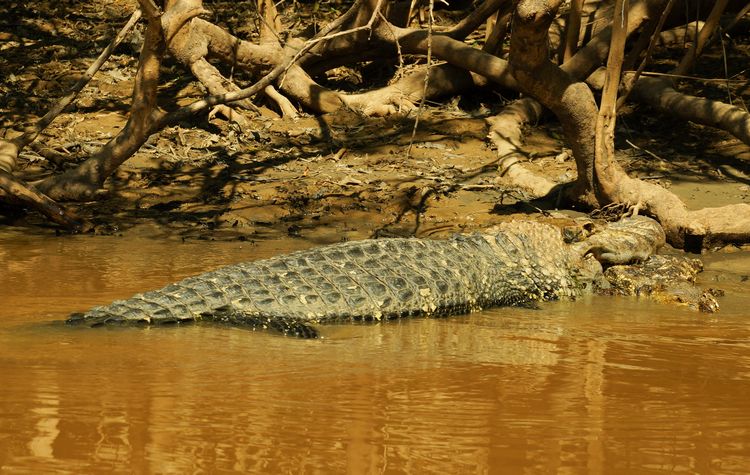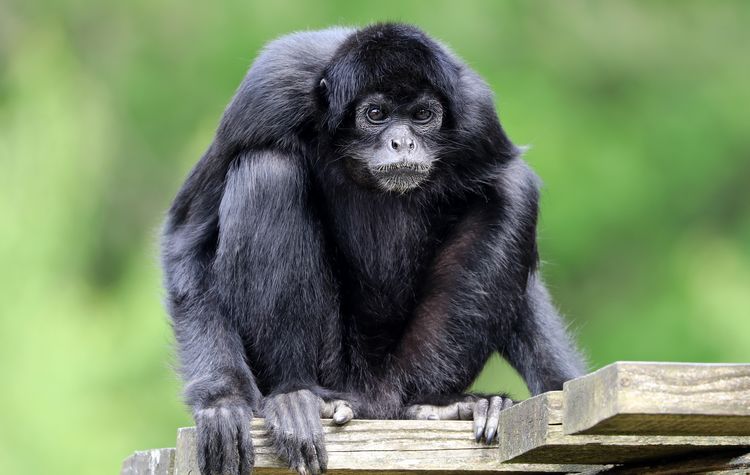
With an area of over 7,000 square miles, Madidi National Park is one of the largest protected areas in Bolivia and in the world.
Upon the discovery of a multitude of new species in 2018, Madidi made its way into the heart of Bolivia. For any traveler who craves natural wonder on their vacation, Madidi will easily make its way into your heart, too.
When it comes to nature, wildlife, and breathtaking landscapes there aren’t many places that compare to this part of the world. Kuoda is offering you an inside-look at all Madidi has to offer and how best to see it. Keep reading to learn all about Madidi National Park and why you should include it on your Bolivian itinerary.
Where Is Madidi National Park?

Bolivia is a land-locked country located in western central South America. While it’s well-known for its mostly indigenous population, many of which still live by more traditional means, it’s also home to a large part of the Amazon rainforest – and it’s in this expanse of jungle that Madidi can be found.
Madidi is a National Park in Bolivia that was established in 1995. Along with Manuripi-Heath, Apolobamba, and the Manu Biosphere Reserve, it’s part of one of the largest non-contiguous protected areas in Bolivia and in the world.
Much of the park is located in the upper Amazon river basin of the Bolivian jungle, but it also stretches all the way to the Andes mountain range. While the jungle environments are located at 650 feet above sea level, the more mountainous regions soar above 19,000 feet. As such, Madidi houses incredibly diverse landscapes capable of playing host to many, many different species of flora and fauna.
What Makes Madidi Unique?

Madidi and its neighboring parks are some of the most biologically diverse places in the world. Some experts claim it’s actually the most biologically diverse place on the planet, but that’s still up for debate.
What’s undebatable is that Madidi National Park is home to more than 8,000 species of vascular plants, and those are only the ones we know about thus far. In terms of wildlife, Madidi is the home of more than 270 species of mammals, 200 reptile species, 210 amphibian species, and over 120,000 species of insects. It’s believed that Madidi has more birds, butterflies, plants, and mammals than any other park or protected area in the world.
Among some of the wildlife you might see on a trip to Madidi are sloths, pumas, pink dolphins, jaguars, spectacled bears, and perhaps even a Madidi titi monkey (a species of titi monkey recently discovered in Madidi). There’s also over 1,250 species of birds in the park, which represents about 14% of the world’s total bird species.
Madidi National Park is also the home of 46 indigenous communities. These communities come from 6 different tribes, including the voluntarily isolated Toromona people. Many of these communities still uphold traditional ways of living and a deep connection to the land.
How to See It All

Perhaps the best way to see Madidi National Park is by boat. You can enter the heart of the jungle via the Tuichi River, where you’ll spot wildlife that come to drink and feed along its shores. On the boat ride alone, you’ll have an opportunity to see giant river otters, monkeys, turtles, and macaws.
These jungle tours take you deep into “la selva” (the jungle). In the dark is when the jungle truly comes alive, and that’s exactly why night walks are a particular favorite among first-time travelers to the Amazon. Indeed, you can see so much of Madidi by foot, and this mode of transport is a chance to really appreciate its incredible landscapes.
To learn more about the people that call this place home, you may opt to spend some of your time with a local community. In these types of cultural exchanges, you can learn about the medical plants used in diet and ritual or even try your hand at local fishing techniques for piranhas and golden dorados.
What to Pack

Although the average temperature is 78 F, that really depends on where you are in the park. While the northern lowlands have a tropical climate, the alpine region is cold. With that said, though, most travelers to Madidi enjoy their time in the tropical northern lowlands where there’s heat and humidity all year.
Of course, this part of Madidi is also rainforest, and between November and March the area receives a significant amount of rainfall. To stay dry, visit between April and October, when the heat is a bit more forgiving, there are less mosquitos, and you’ll have a better chance at seeing wildlife.
Bring along light clothing that’s appropriate for tropical climates, like shorts, short sleeve shirts, dresses, and sandals. If you plan to walk, you’ll need appropriate gear for hiking, including waterproof boots, a water filter, and a backpack. Don’t forget your bug repellent, sunglasses, and sunscreen, as well as some rainproof clothing, just in case.
Getting to and Staying in Madidi

Madidi National Park is relatively easy to access. It’s located in the northwest region of the Department of La Paz. To get there, you’ll be taking a passenger ferry across the Beni River from Rurrenabaque in San Buenaventura and into the park.
There are plenty of options for lodging in Madidi, including a number of ecolodges that Kuoda highly recommends. Among the best in regard to sustainability is Chalalan Ecolodge. It’s a community-based enterprise that benefits the local indigenous communities and it has all the creature comforts you need to feel at home while you’re deep in the Bolivian jungle.
Experience Madidi with Kuoda

Madidi National Park is one of Kuoda’s favorite destinations to take environmentally-minded travelers. It’s one of the most biologically diverse places on earth and, with all its opportunities to explore the jungle and the ways of life within it, it truly is a nature lover’s dream.
Let’s add Madidi to your Bolivian travel itinerary. Contact us to start building it today.
The Best Birdwatching Spots in Ecuador
Birders looking to spot some of the world's most unique winged species should visit these birdwatching spots i...
Read Post9 Luxury Experiences In The Atacama Desert For An Unforgettable Trip
The Atacama Desert in Chile, with its surreal landscapes and otherworldly beauty, is a destination that beckon...
Read PostWhere to Experience The Best Nature and Wildlife on A Luxury Tour of Argentina
A luxury tour of Argentina that explores the natural beauty of this diverse nation is an excellent way to disc...
Read Post

 Call
Call 























